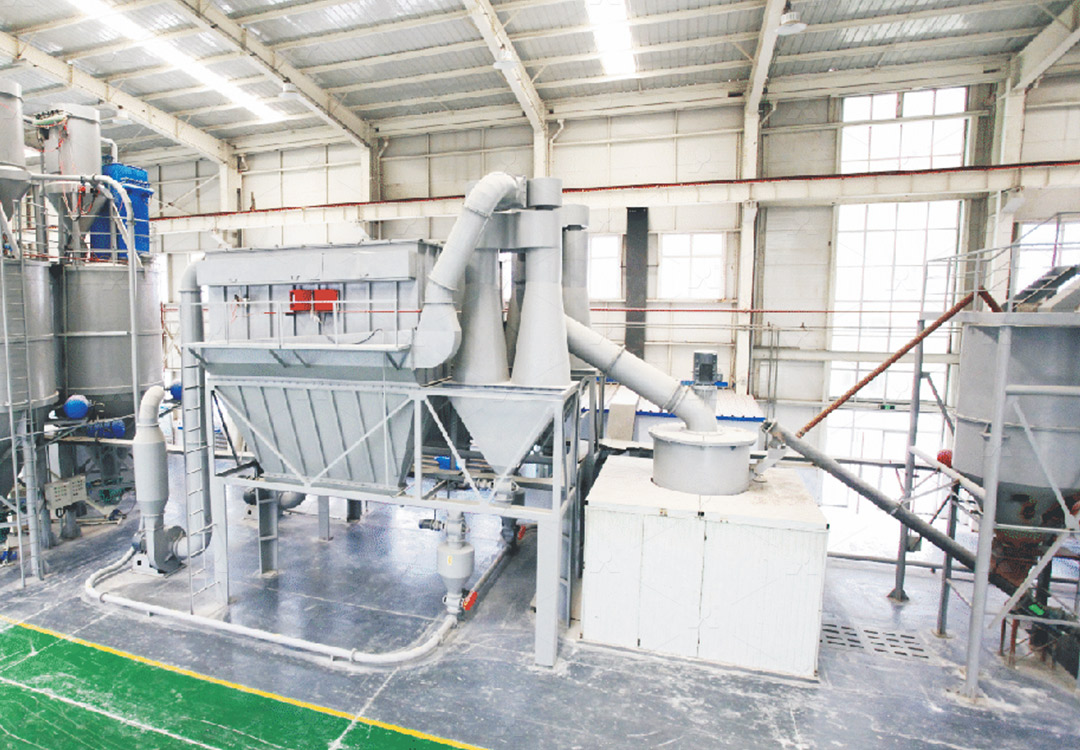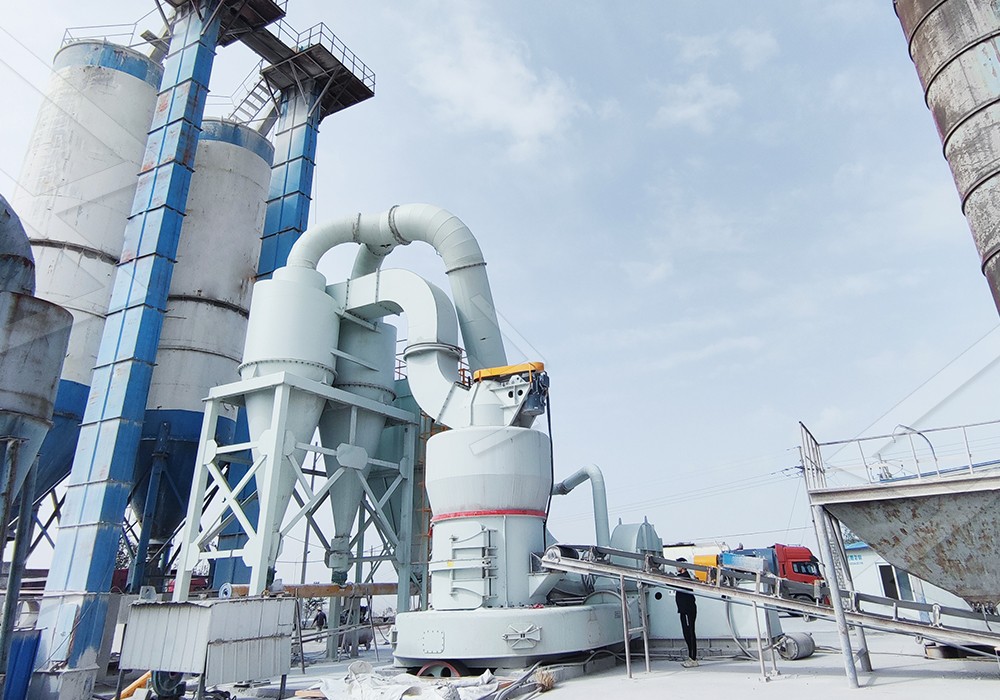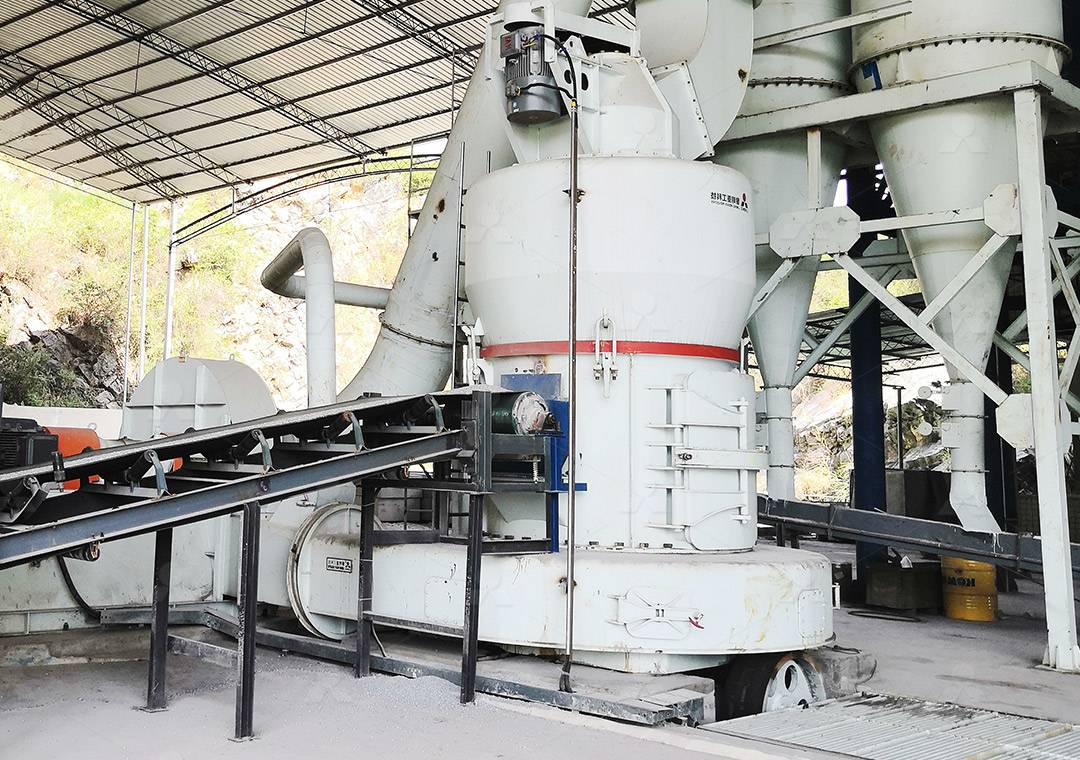High-Capacity Cement Grinding Mill for Ultra-Fine Powder Production
High-Capacity Cement Grinding Mill for Ultra-Fine Powder Production
The manufacturing industry’s growing demand for ultra-fine powders has driven significant advancements in grinding technology. Modern production facilities require equipment capable of processing materials with exceptional precision while maintaining high throughput and energy efficiency. This article explores the technical innovations that make contemporary grinding mills ideal for cement and mineral processing applications.

Technical Innovations in Modern Grinding Systems
Today’s advanced grinding mills incorporate multiple proprietary technologies that address traditional limitations in powder production. The integration of German powder separation technology with automated control systems has revolutionized processing precision. Modern mills feature innovative grinding curves that optimize material contact points, significantly enhancing grinding efficiency while reducing energy consumption.
One standout solution in this category is the MW Ultrafine Grinding Mill, which represents a significant leap forward in grinding technology. With an input size capacity of 0-20 mm and production rates ranging from 0.5 to 25 tph, this equipment meets the needs of operations requiring consistent ultra-fine powder output. The mill’s design incorporates efficient pulse dust collection and noise reduction systems, ensuring minimal environmental impact during operation.
Application Versatility and Material Compatibility
Advanced grinding mills demonstrate remarkable versatility across multiple industries. Beyond traditional cement applications, these systems effectively process limestone, calcite, dolomite, petroleum coal, gypsum, barite, marble, talc, and various industrial powders. The technology has proven equally valuable in chemical production, paint manufacturing, cosmetics, pharmaceuticals, and food additive processing.
The operational flexibility of modern mills allows for fineness adjustment between 325-2500 meshes, with screening rates achieving d97≤5μm in a single pass. This precision enables manufacturers to meet strict quality specifications across diverse product lines without requiring multiple processing systems.

Operational Efficiency and Maintenance Advantages
Contemporary grinding mill designs address historical maintenance challenges through innovative engineering solutions. The elimination of rolling bearings and screws within the grinding chamber represents a significant maintenance breakthrough. This design prevents bearing damage and eliminates machine failure caused by loose fasteners, substantially reducing downtime.
External lubrication systems represent another critical advancement, enabling continuous operation without shutdowns for maintenance. This feature allows production to continue uninterrupted for 24-hour periods, maximizing operational efficiency and throughput. The external positioning of key components also simplifies routine maintenance procedures.
Environmental Compliance and Sustainability
Modern grinding systems prioritize environmental responsibility through integrated pollution control measures. Efficient pulse dust collectors ensure no dust pollution occurs during milling operations, while specialized silencers and noise elimination rooms significantly reduce acoustic impact. These systems operate fully in compliance with national environmental protection standards, addressing growing regulatory requirements and community expectations.
For operations requiring vertical grinding solutions, the LUM Ultrafine Vertical Grinding Mill offers complementary capabilities with an input size of 0-10 mm and capacity of 5-18 tph. This system incorporates the latest Taiwanese grinding roller technology and German powder separating technology, providing exceptional performance for specialized applications.

Frequently Asked Questions
What is the typical energy consumption reduction compared to traditional grinding mills?
Modern ultrafine grinding mills typically reduce energy consumption by 30-50% compared to conventional jet grinding mills and ball grinding mills, while increasing production capacity by up to 40%.
How does the fineness adjustment mechanism work?
Advanced cage-type powder selectors with German technology enable precise fineness control between 325-2500 meshes. Multi-head configurations allow customization based on specific production requirements for yield, fineness, and sieving rate.
What maintenance advantages do these systems offer?
The absence of rolling bearings and screws in the grinding chamber eliminates common failure points. External lubrication systems enable maintenance without production shutdowns, and reversible structures simplify component replacement procedures.
How do these mills address environmental concerns?
Integrated pulse dust collectors prevent particulate emissions, while silencers and noise elimination rooms reduce acoustic impact. The systems operate under negative pressure to contain materials and comply with stringent environmental standards.
What materials can be processed effectively?
These mills handle diverse materials including limestone, calcite, dolomite, gypsum, barite, marble, talc, coal powder, and various industrial minerals for applications across chemical, pharmaceutical, cosmetic, and construction industries.
